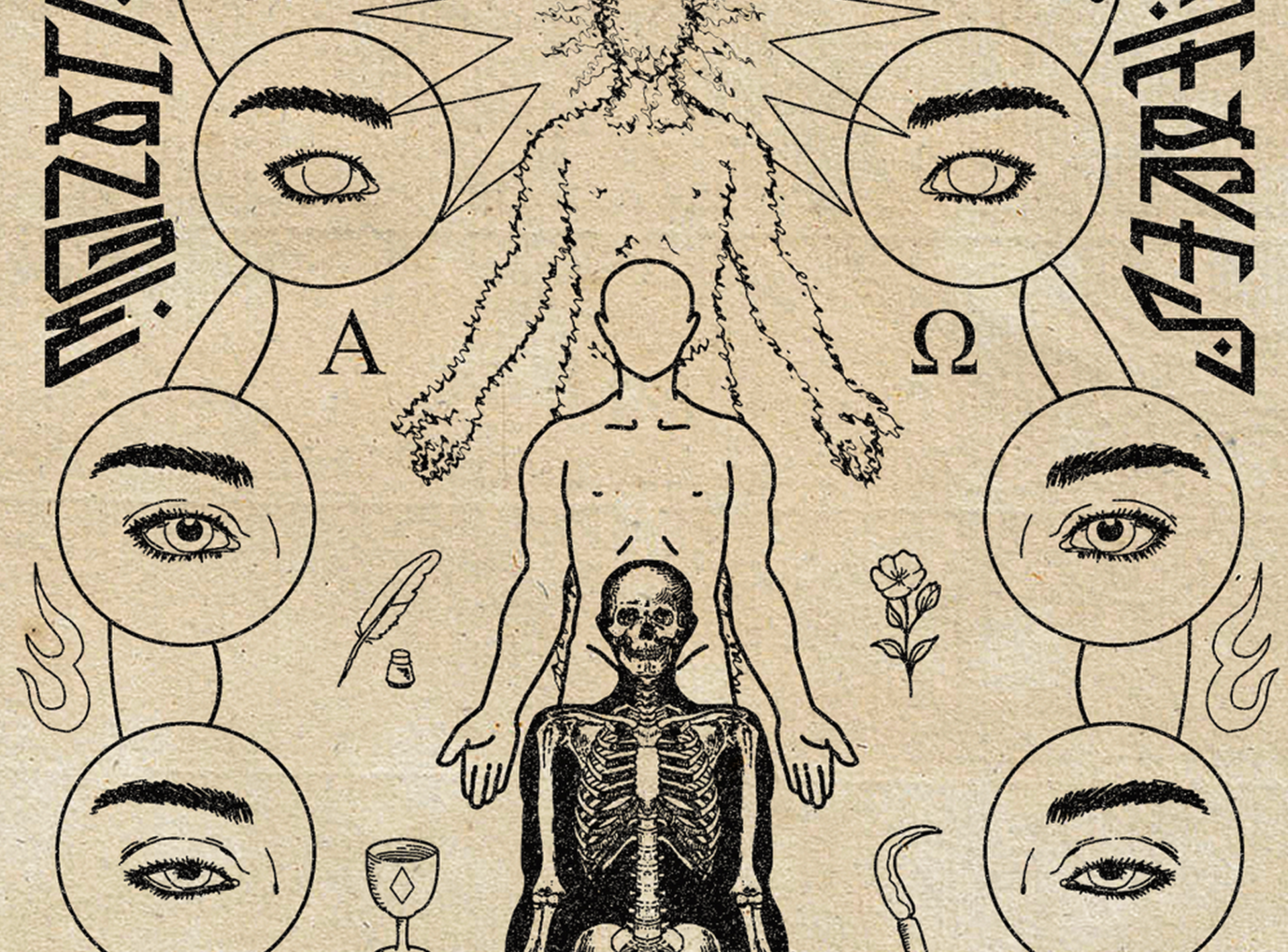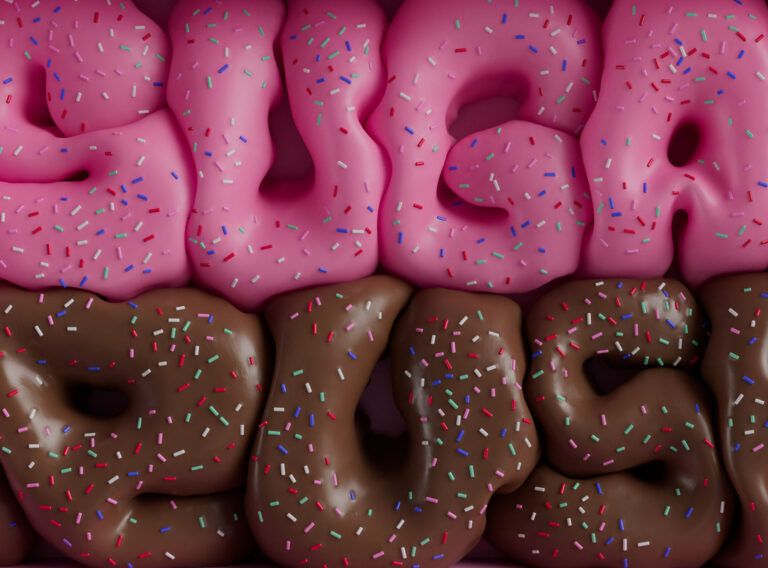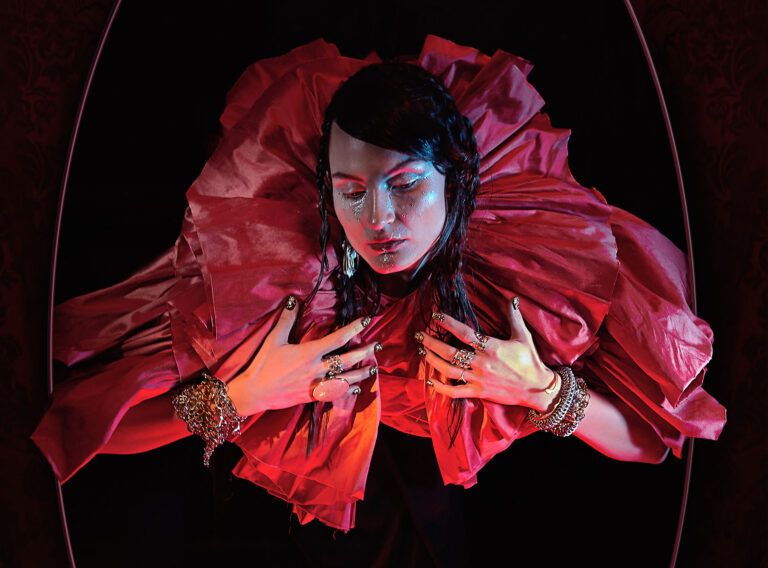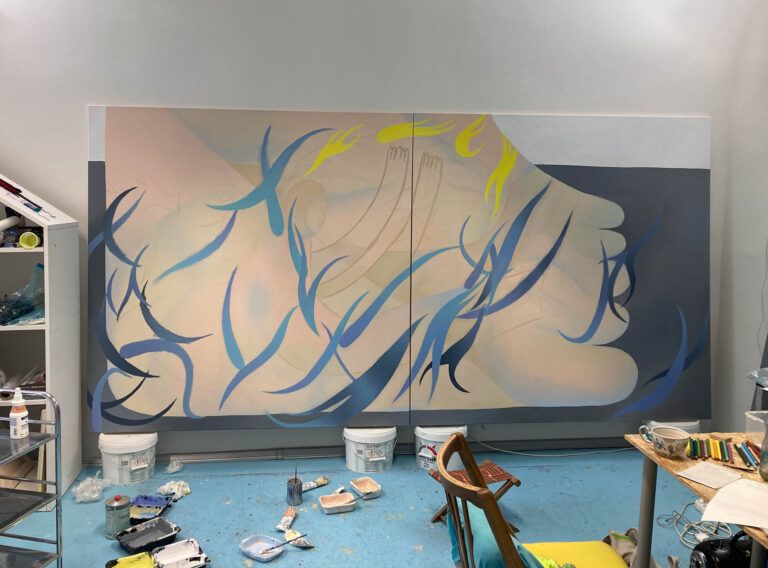WORDS BY THE AUTHOR / It was Julius Evola to reveal how, in ancient times, since Cromagnon’s age, figurative art was always “impossible to separate from the naturalistic element and a magical and symbolic intention”. Starting from this concept, it is noteworthy how, in the traditional art world, it was never considered an end in itself nor founded uniquely on exterior concepts like pleasantness or beauty: contrariwise, one could assume that the primary end to it (i.e. like in the case of the cave paintings describing hunting scenes) was always magical and of godsend luck. In other terms, the act of depicting such images was aiming to concentrate the “magical attention” in order to succeed in the capture of the prey. It was the Roman philosopher to note that “ancient arts … were traditionally ‘sacred’ to specific heroes of legend or gods, for analogical reasons, in such measures to present themselves as containing the potential to assolve and realize in a ritualistic way, in the value of a symbol or of an action or transcendental meaning, the actual material action”. It is notable how in traditional cultures every art piece or science product has always been associated with a “sacred one”, which had, to say it with Evola “an organic-qualitative character, in which nature is considered as one and total (a godhood) of the whole order of experiences in which the form tied to the physical world it is only one in particular”. In this sense, Ananda Coomaraswamy inferred that “religion and art are different names for a same experience: a deep intuition of the reality and the identity”.
So nowadays, when the cultural stratification and our distance from these traditions buried the sacred and mystical function of art, what remains?


Our time is defined as “the century of images” for the quantity and speed in which we consume images and, in our lives, figurative art fills our eyes, shaping our very conception of reality and ourselves. Our everyday groceries, belongings and desires are bound to logos and graphic design, images demand our attention, seduce us, sitting on the throne of our desires. Despite having lost its sacral connection with the godhood, it is beyond doubt that the symbologies and the figurative archetypes on which it builds its reign are stamped onto in our physical and ancestral minds. Logos, symbols, animal figures, all drain their seducing powers from ancient figurative pits of meaning. In this metaphorical pits lay the corpses of the forgotten Gods our antecedents had revered. Or do they? Are they really dead as we conceive it? If figurative arts are capable of reaching such places entering our eyes and thus our brains and minds, is it possible to explore such sacred landscapes?



My research can be described as devoted to investigate these questions and, in a certain sense, devoted to these Gods. Or better to the sense of human mysticism trough images, related to the basic human distress of explaining the connection between the interior and the exterior world.
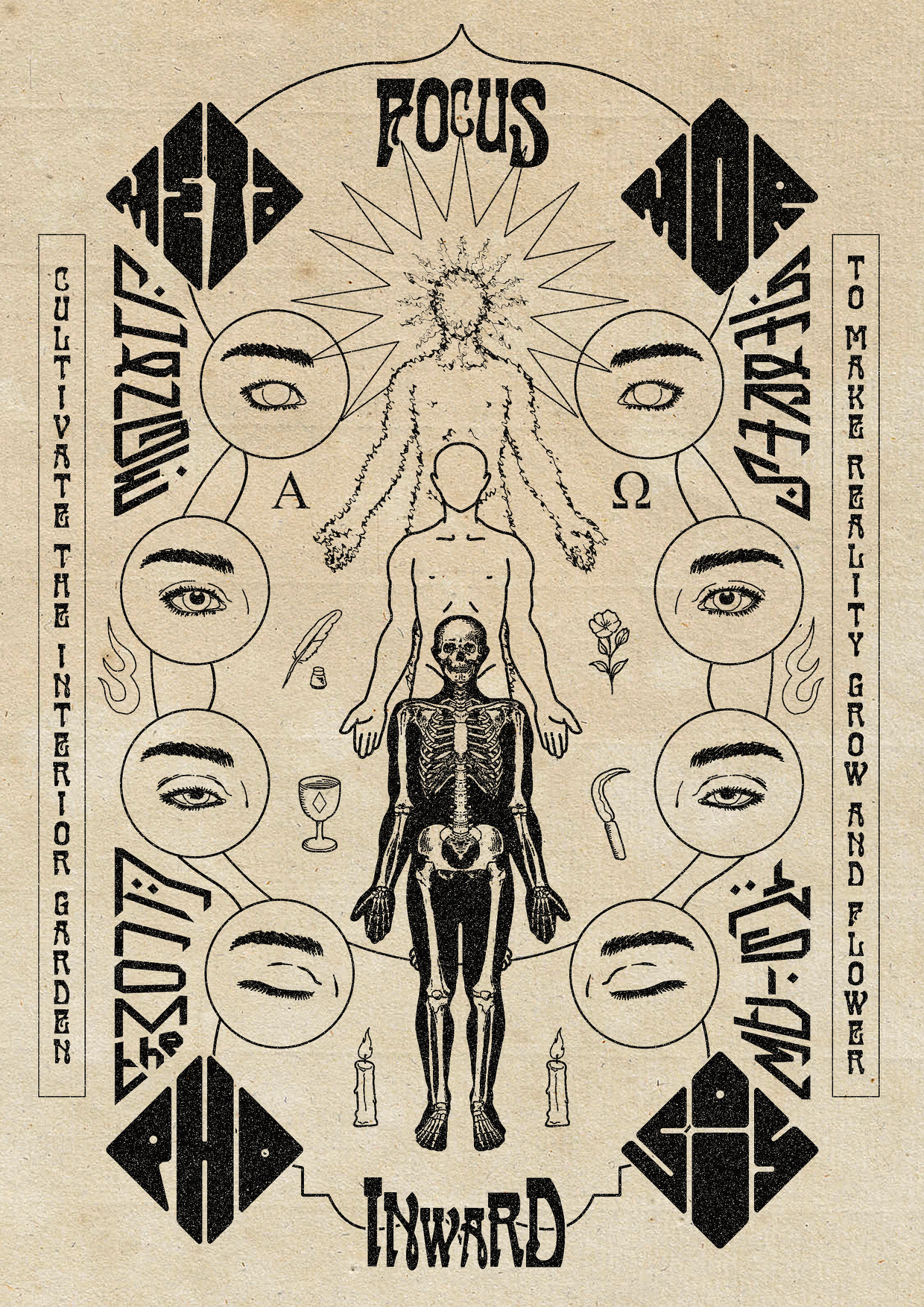
The aim of my work, be it the engraving of human surfaces or positioning of elements created and juxtaposed in relation to one another, is to tap into this realm through the open doors of the eyes. I create such artifacts and images that contains semiotic tools and traps, ready to be activated by the gaze of the mind. I’m trying to weave my designs as spells, which derive from combinations of elements (like all magic do) from this ocean of symbolism slumbering in our DNA, and from our everyday reality as human beings in 2020.
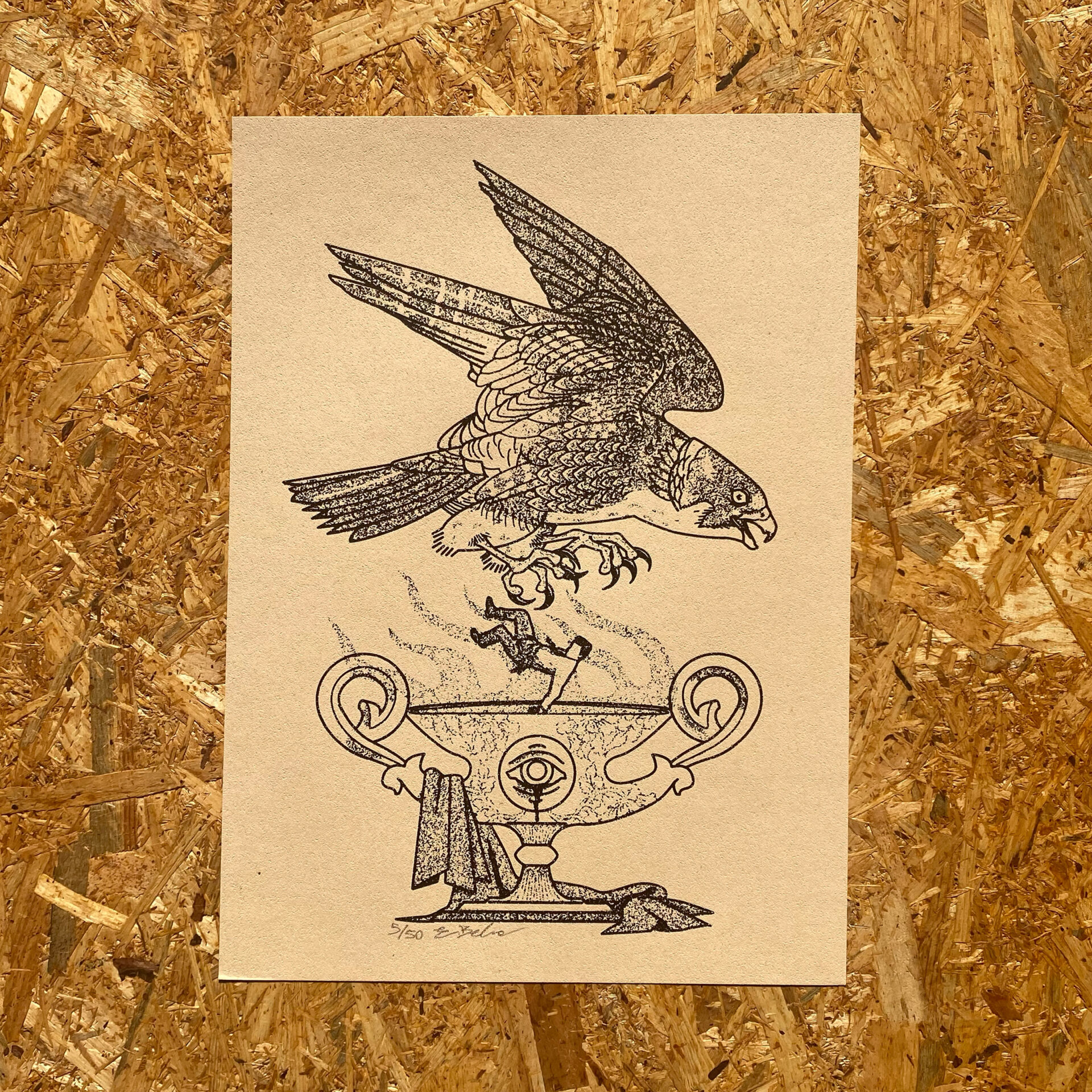
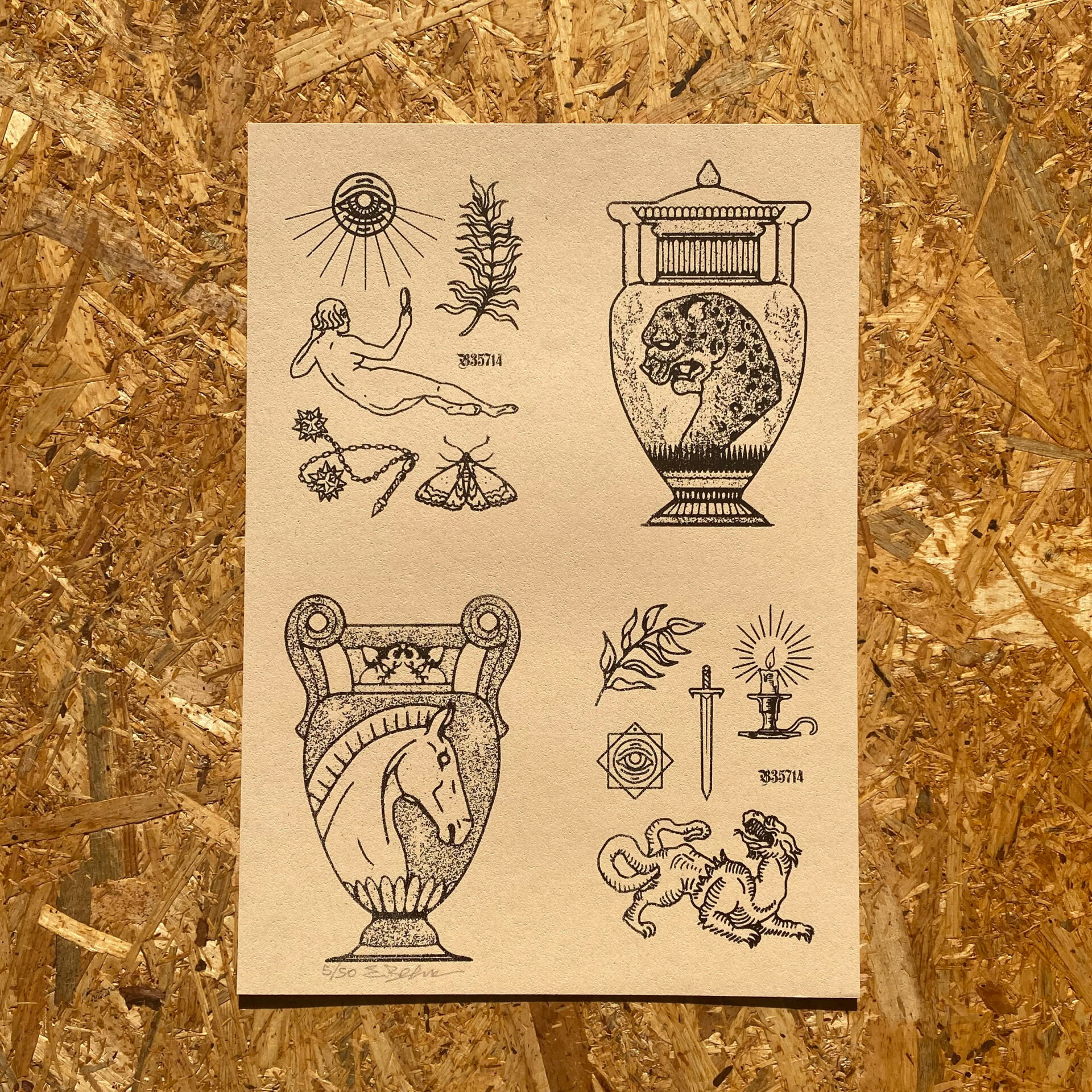
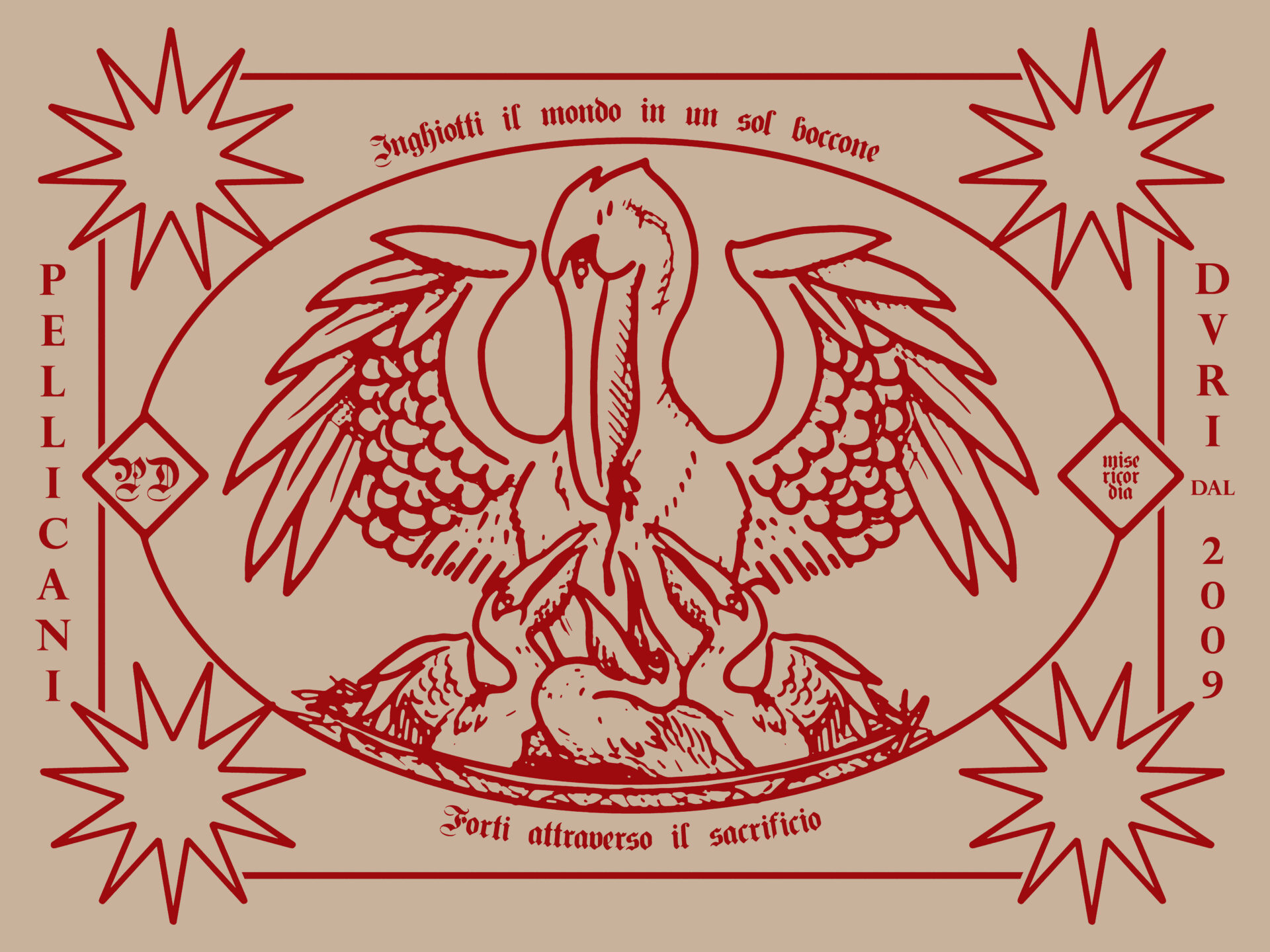
BIO / Carlo Alberto Giordan (1988, Venice, Italy), also known as Ettore Belva, is an italian creative mind moving between Venice and Milan. Bachelor degree in Visual Arts and performance (IUAV Venice 2013) and Master in Communication Design (POLITECNICO Milan 2018).
His work has mutated very much during the years, passing through different areas of interest, but is now concentrated mostly towards graphic design and handpoked tattoos.
Trying to keep this works separated to not make them influence one another still allowing deep dives in to them, he created two different personas embodying his corpus of work. Ettore Belva as an epitome to his fascination and research on rituals and sacred forms, which brought him to the handpoke tattoo practice; while Carlo Alberto, as a more design oriented look, attended his regular work as graphic designer. The processes remained very much separated but soon the researches collapsed into one another, opening new paths of thought and methods of work.
Both of this practices are not considered higher branches of the Art (the one with capital A). Despite this, Etto choose this precise set of media believing them to be underestimated in semiotic terms. Following his vision, these practices are very much involved with symbolism, being therefore pregnant of mystical implications.
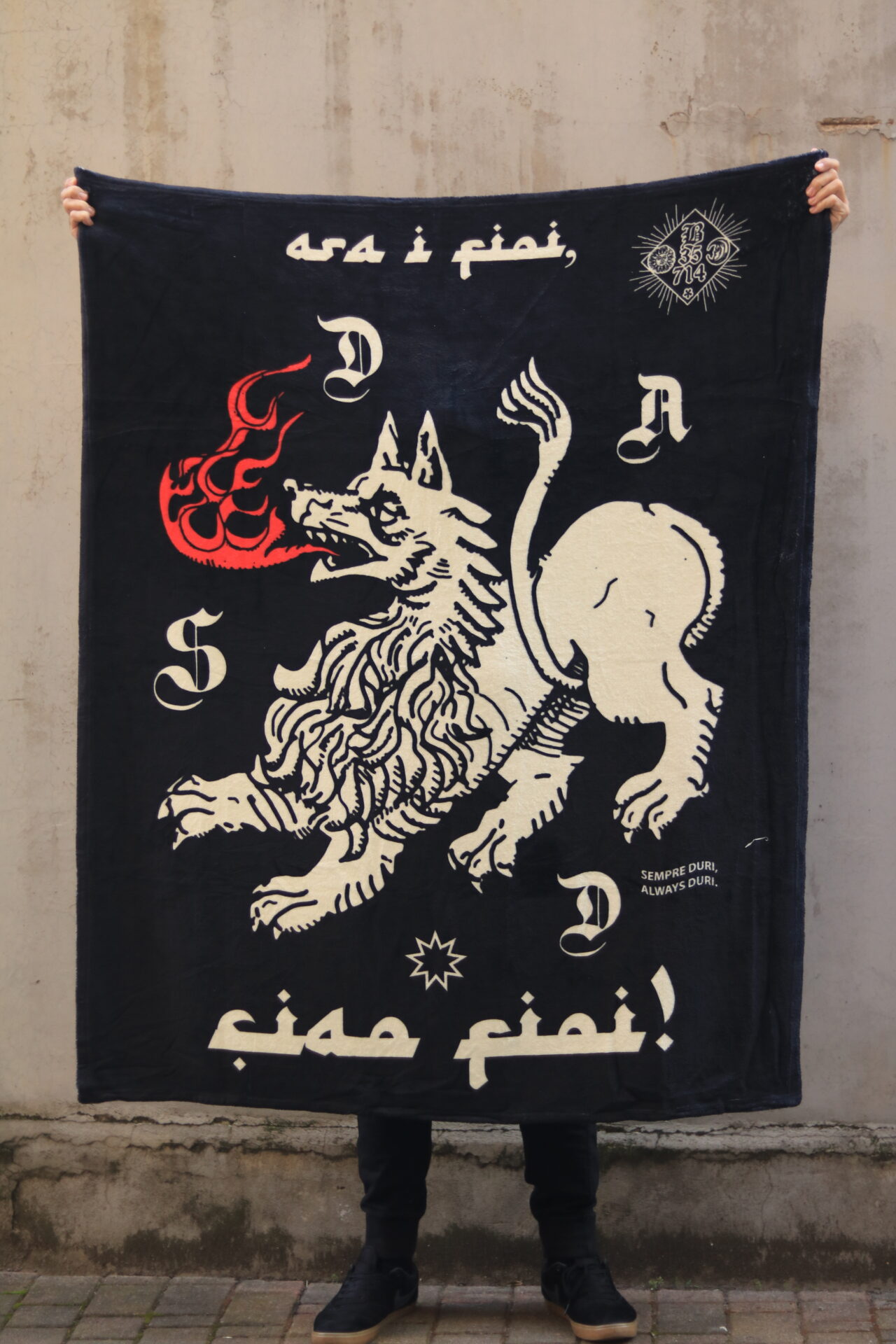
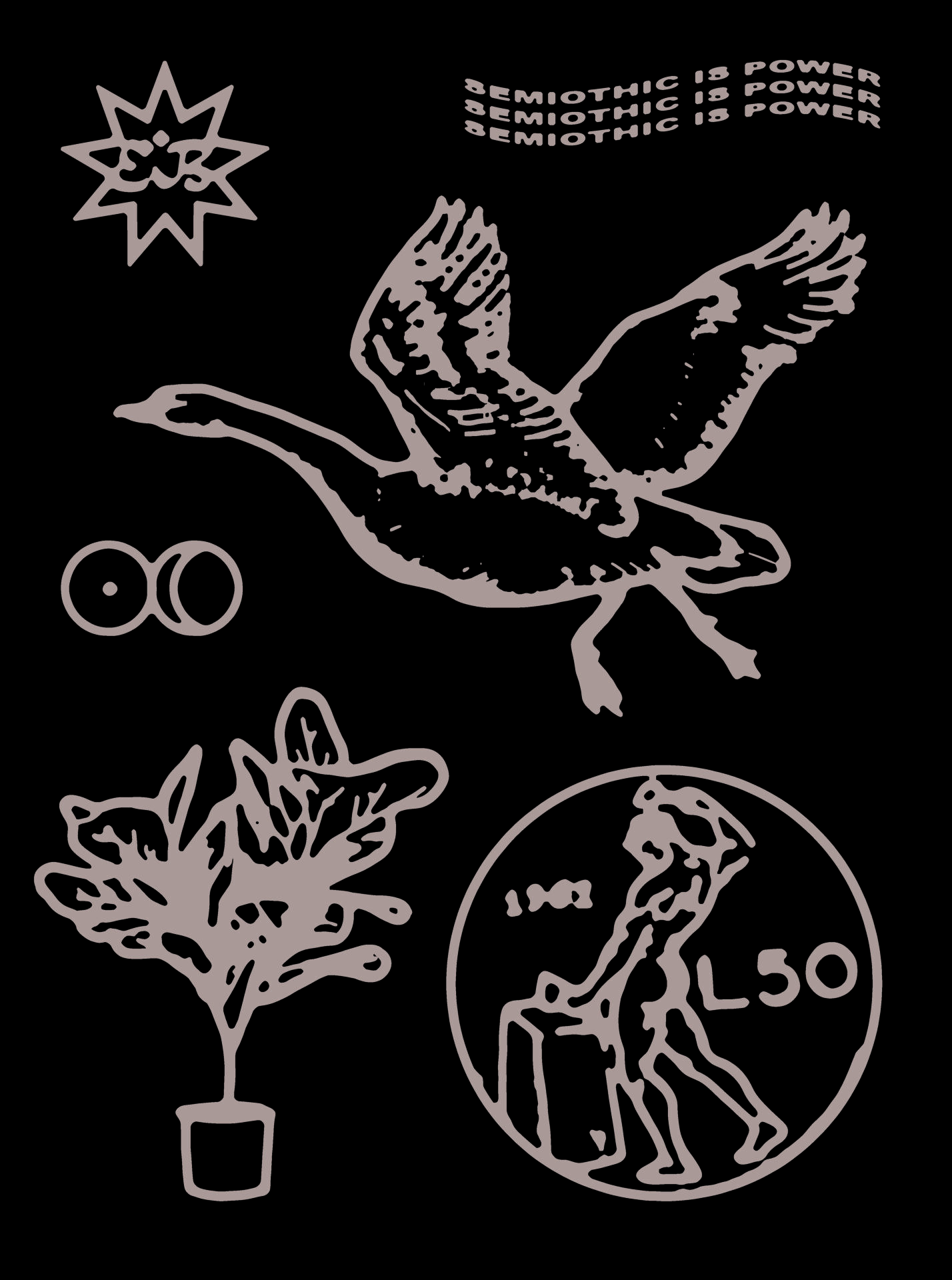

His interest in the connection between arts and the Sacred, starts with the studies concerning the history of performing arts. The very first examples of “theater” or performances are present, along social agglomeration and religion, in every single ancient culture ever existed. Underlining its importance in the founding of civilization and culture as we know it.
This kind of practices, together with all of the ancient visual arts, are considered inseparable from the mythic and sacral function. Every form of figurative, corporeal, and in-the-space art is born basically as an extension of religions and myths of that certain culture, adopted to give a visual and a physical shape to the unseen objects of the sacred.
This concept associates the artist, in terms of function and the social role, to the ancient figure of the shaman. He whom, through his sensibility consciously or not, can get himself in a state where he is closer to the invisible world, glimpse over the veil of reality as commonly perceived, and try to communicate with the unknown to bring back some knowledge for himself and for his community. This kind of approach makes Etto give so much importance to the iconographic research, which has become for him the most valuable tool, but also a semiotic object of monstrous size that penetrates all of his creation and general research towards artworks, but also pokes through his everyday life.

Jodorowsky and Castaneda (but also Freud long before them), beside the debatable course that their work took, have abundantly proved that “Symbolism is the language of subconscious”. Therefore, this is the language chosen by the artist to put up dialogues with the “semiotic presences” over the veil in the attempt to bring some last bits of magic in this world, which has forgotten how to recognize it.
In 2019, Carlo Alberto, together with fellow creatives, founded “Terza Forma” a multidisciplinary liquid collective. Beneath its flag, there are people, styles and ideas coming from very different backgrounds. The shared vision of this differentiated group it is driven by the feeling that images play an essential role in the formation of the self and they try to create artifacts that are rather enchanting for the eyes.
